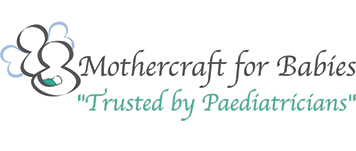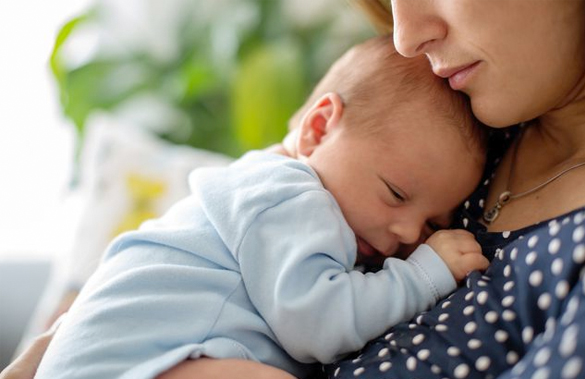The Importance of normalising sleep expectations
“Each baby is unique”
A new baby is a big adjustment for the whole family and it takes time and practice to develop an understanding of your baby’s needs and cues, such as hunger or tiredness, and how you best respond.
Your baby is unique to the world and how they respond and behave to each new experience is due to genetics, environment and nurture.
It is within normal expectations for your baby to have random unsettled periods each day or night. Sometimes you will be able to soothe and settle them to sleep and other times nothing you seem to do can help.
Evidence based research tells us that cradling, shushing, rocking, skin to skin cuddles and holding your new baby close to settle and calm is the best response to an unsettled baby in the first weeks.
It is essential to suitably respond to your baby’s cues and needs and provide the emotional support, love and reassurance that builds healthy attachment and bonding.
Babies’ sleep patterns are dynamic and changing rapidly in the first few months. Usually there is no predictable rhythm to their sleep patterns day or night.
Sleep cycles for newborns are short (active or REM sleep to quiet Non REM sleep and back to active sleep is approximately 30 to 40 minutes) so they will move through several cycles between feeds with short periods of being awake (mostly!).
Periods of crying and unsettled behaviour usually peaks around six to eight weeks of age, and should reduce significantly by around 12 weeks of age with a more predictable rhythm of feeding, wake time and sleep periods.
If your baby cries and strongly protests for extended periods of time every day and is unable to be settled in your arms or other comforting methods, then check with your GP or trusted Health professional for any other causes.
Sleep support strategies and tools
- Watch for tired signs like yawning, staring, jerky limb movements, disengagement from socialising with you or crying. Each baby may have a different “window” or period of time which is the opportunity to settle your baby without too much fuss and reaching the stage of overwhelm. It’s more difficult to settle an overtired baby and of course, this will happen at times, the ever present learning curve of parenting!
- In my experience, babies respond well to being wrapped or swaddled (loose around the hips to prevent possible hip dysplasia) until they are actively rolling. It gives them a sense of containment and is an important factor in reducing sleep disruption from the Startle or Moro reflex. This reflex will be present until about 4 months of age.
- A short wind down period to calm your baby before sleep is helpful. When they are drowsy and calm in your arms, you can transfer them to their bassinet or cot having prepared a conducive and safe sleep space/environment that is a suitable temperature (about 20C), dim light and quiet.
- You can also use hands on comfort if your baby is not distressed and overtired: gentle rocking of the bassinet stroking their heads from back to front gentle body rock with your hands whilst in the cot gentle rhythmic patting on their chests or legs or singing a nursery rhyme.
- I would choose just a couple of these tools, preferably those which your baby responds to well and try to use them consistently at sleep time. If settling in the cot isn’t working for your baby for that sleep, use the pram or baby Carrier or whatever the “go to” support is that you know works to help soothe your baby off to sleep.
- Using the pram, carrier or even the car if you’re desperate, can be a more valuable strategy for sleep extensions later in the day when everyone is a bit over it. A daily walk can give you both a change of scenery, fresh air and better perspective.
For safe sleep guidelines visit Red Nose at https://rednose.org.au/
The advice in this article is general in nature. Please always consult a medical professional to obtain advice that is tailored to yours or child’s specific condition.
Written for 9Honey Parenting by Beth Barclay



